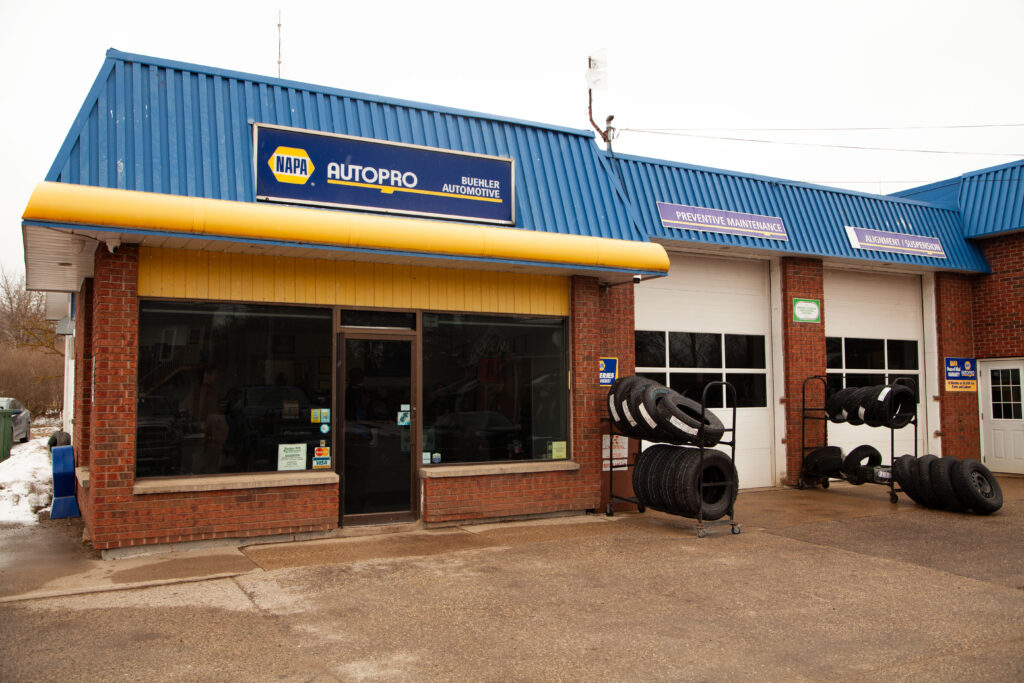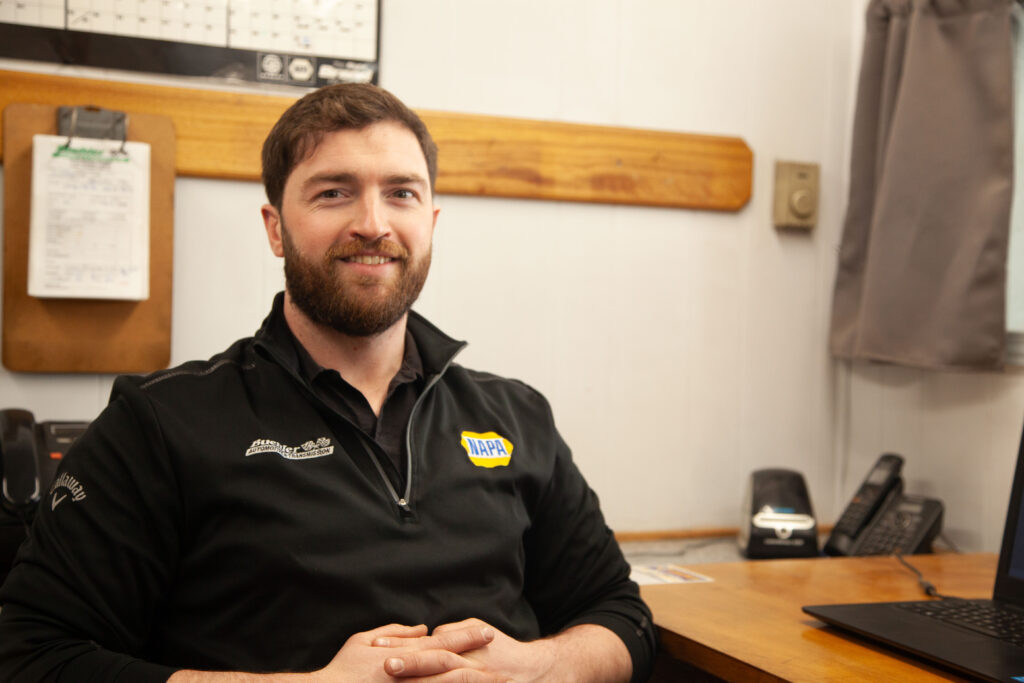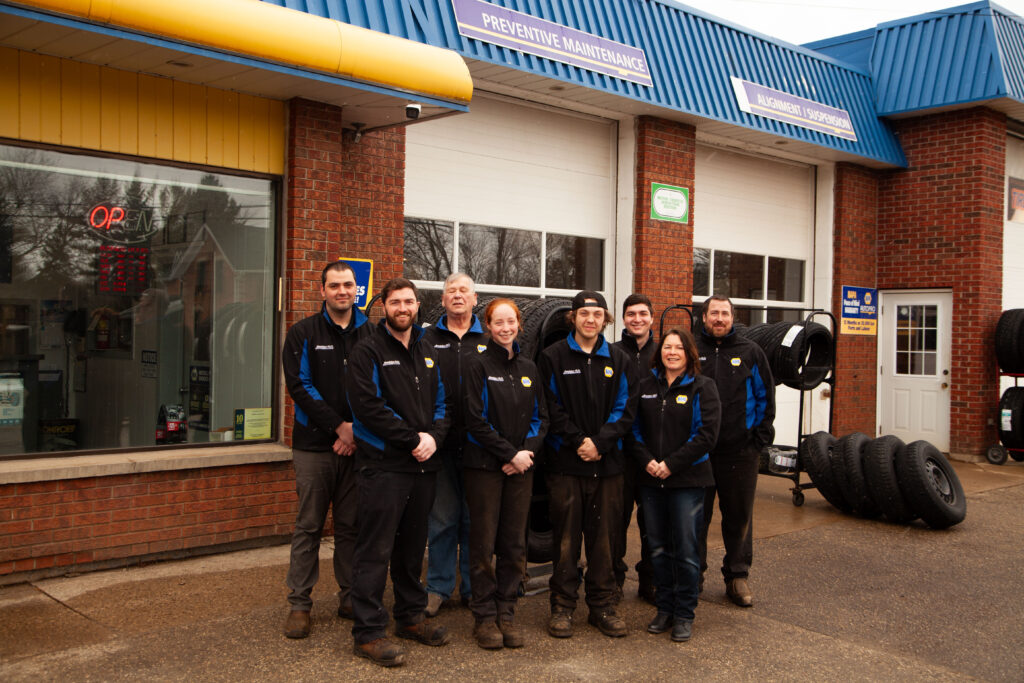Trailer Towing
Blog Articles
Towing a trailer behind your vehicle involves a lot more than”hooking up and moving on down the road”.
Know what you can tow, it sounds simple enough, but safely towing any type of trailer whether big or small involves a lot of know-how. Here are some basic tips:
Learn the Language: Trailering has a language all its own. Despite what it sounds like, gross vehicle weight rating (GVWR) is something different than just the weight of a vehicle, for example. GVWR is the combined weight of a vehicle with all its passengers and cargo added in, and it’s a key number to know before you start to tow. There’s also gross combination weight rating (GCWR). This is the maximum allowable weight of the loaded-up trailer and the tow vehicle—with all its passengers and cargo added together. It’s a key measure for you to check to ensure you are not putting too much of a burden on your tow vehicle and risking costly damage. Tongue weight (TW) is another odd term. It relates to the amount of trailer weight on the trailer hitch at the back of a tow vehicle. Having too much or too little tongue weight can affect the safe handling and driving of your tow vehicle.
Use the Proper Vehicle: Openyour owner’s manual to check the tow rating of your vehicle and make sure it’s sufficient to tow the trailer. Determine the approximate weight of the trailer and cargo the trailer may be carrying. Some tow experts advise that you add 10 percent or 15 percent on top of this, just to be on the safe side. This will be the Gross Trailer Weight (GTW). Cars tend to have lower tow rating than trucks, and light-duty trucks have lower tow rating than do heavy-duty models. May we point out here that if the GVW of the truck and trailer are over 4500 kilograms, your tow vehicle and trailer will require annual inspection certificate.
If you are purchasing a new vehicle that will be used for towing, review the available options to see if you want to add a transmission-oil cooler, a heavy-duty battery, heavy-duty shock absorbers and other tow equipment. These kinds of items manage the stress of a heavy load, and oftentimes some or all of the items may be available as a towing package. In addition, consider adding trailer mirrors for the front doors of your tow vehicle. These larger mirrors can improve a driver’s view out to the side.
Have the Right Hitch: There are many hitches for towing, covering several rating classes. You need to find one that will fit your needs. Obviously, your hitch has to be able to handle the GTW you plan to tow. For example, a Class I hitch can handle up to 900 kilograms GTW and up to 90 kilograms of tongue weight. Hitches also differ in how they mount on a tow vehicle. Weight-carrying hitches bolt on the tow vehicle’s frame and/or bumper, and are commonly used for small- to medium-size trailers. Weight-distributing hitches, used with hitch receivers, distribute the load among the wheels of the tow vehicle and the wheels of the trailer to provide improved steering and braking. These hitches “are only ‘required’ for Class IV applications” and generally aren’t used for loads under 2250 kilograms. The fifth-wheel hitch is uniquely mounted inside the bed of a pickup truck and puts more of the trailer weight directly over the tow vehicle, rather than behind it. Hitches may need to be supplemented for improved sway management of your trailer. If towing more than 1350 kilograms consider adding a stabilizer bar that hooks to the hitch and the receiver. The stabilizer can reduce trailer sway.
Load Properly: It is important to think about weight distribution as you load your trailer or camper. The goal should be to properly position weight to keep your vehicle and trailer as stable as possible. Therefore, refrain from piling heavy items on the sides of a trailer. Also don’t load everything into the back of a trailer; you want 60 percent of the cargo weight in the front half of the trailer and 40 percent at the rear, within limits of the tongue weight. The key is to not exceed the manufacturers recommended tongue weight. Secure items in and on the trailer tightly. You don’t want them to break loose or jostle around and affect weight balance and handling.
Brake Systems: All Provinces of Canada require a separate brake system on trailers weighing more than 1353 kilograms when loaded. And many safety experts advise putting a separate working brake system on any towed trailer or vehicle so you have maximum stopping power. There are three types of trailer brakes—electronically controlled electric, hydraulically controlled electric and surge/hydraulic. By law, every trailer has to have working brake lights, turn signals and hazard flashers. Be sure you wire these items correctly and that they are in good working order before you start out. Safety chains are an extra physical connection between the tow vehicle and its trailer. They are insurance in the event the trailer coupler or ball becomes disconnected that the trailer stays behind your vehicle. Follow the directions in your vehicle owner’s manual for safety chain attachment information. Be aware that the safety chains must be crossed over to cradle the tongue in the event of the hitch disconnecting. The MTO requires an approved connector link (snap hooks or S links are not acceptable.
August 2006.
Article by Ken Buehler




